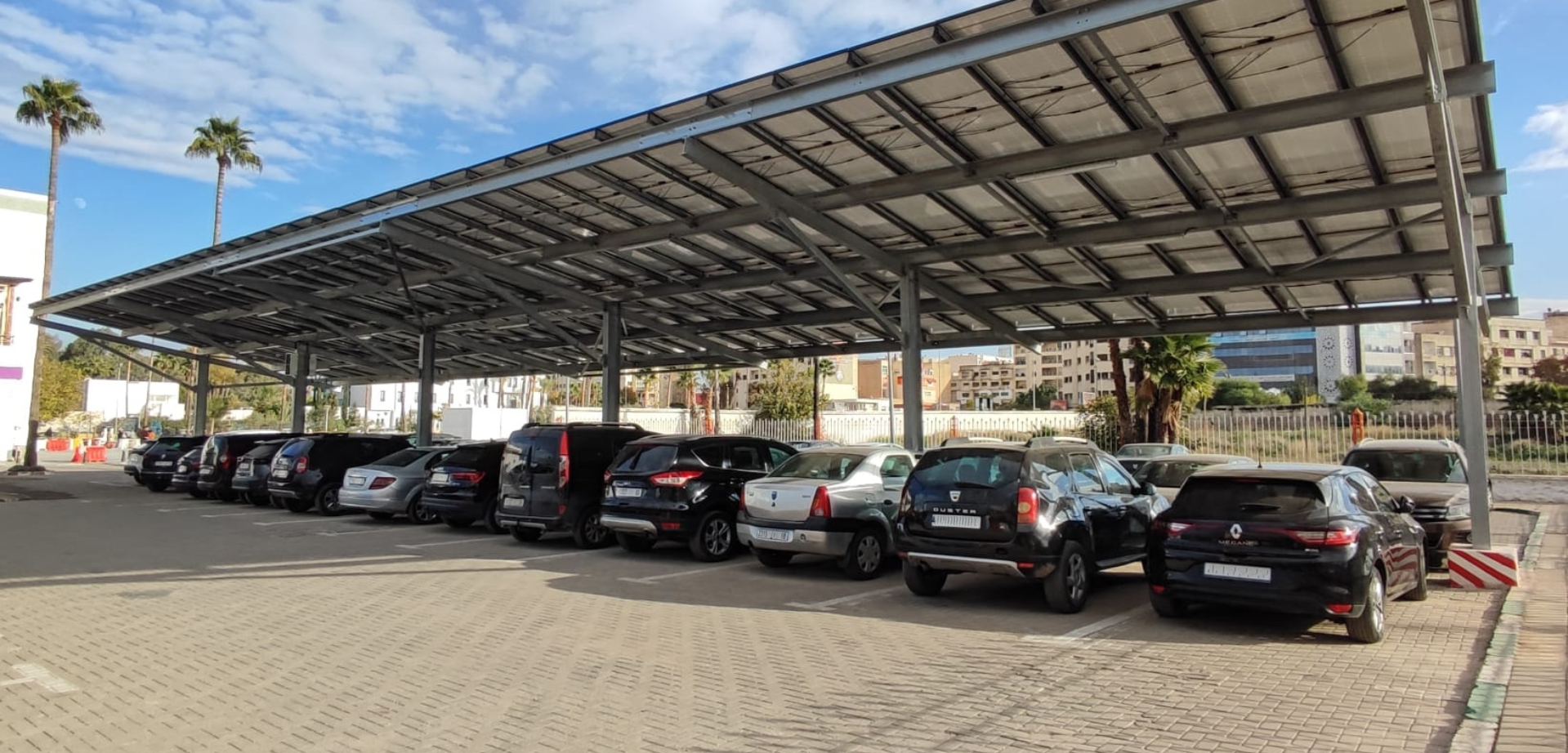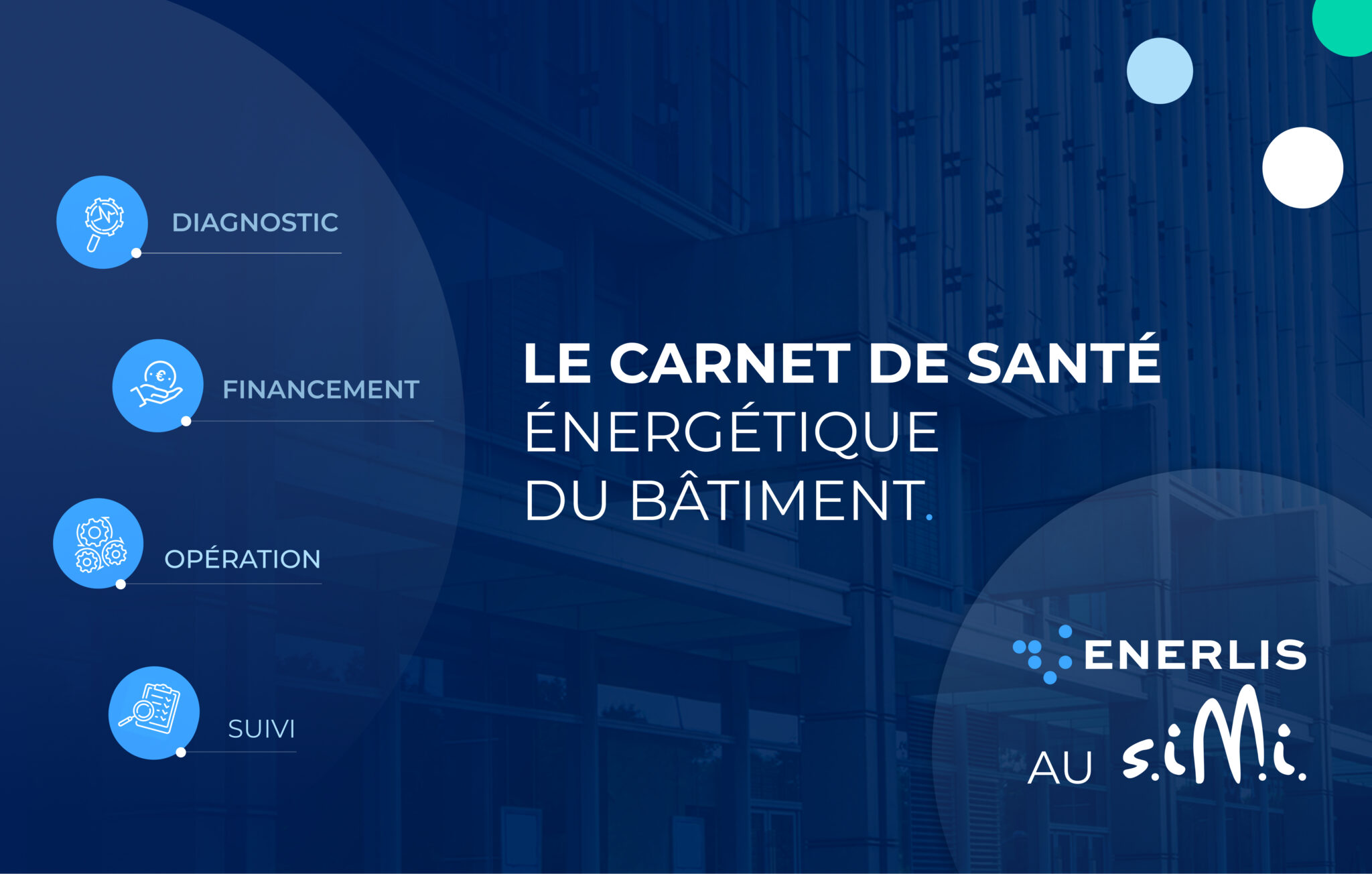With the continued rise in energy prices, the tightening of regulations, as well as the proliferation of smart buildings, energy management is a major issue for energy-intensive buildings. Discover the 2.0 energy management solutions presented by Enerlis, specialist in energy efficiency.
What does energy management consist of?
Energy management consists of collecting a building's energy data, centralizing it via a specialized tool, as well as controlling HVAC equipment (heating, ventilation, air conditioning) remotely, in order to reduce energy consumption. while maintaining occupant comfort
Why carry out energy management of your organization?
Energy management has many advantages for your organization.
Comply with regulations
Certain tertiary buildings are subject to the tertiary decree: this is a regulation which obliges “all buildings or premises of activity for tertiary use and whose operating surface is greater than or equal to 1,000 m2 ” to gradually reduce their energy consumption.
Furthermore, the BACS (“building automation and control system”) decree also imposes a reduction in energy consumption for “tertiary buildings equipped with a heating or air conditioning ventilation system , whose power is greater than 290 kW or 70 kW ”.
If your tertiary building is affected by these regulations, energy management will allow you to comply .
Control your energy consumption with energy management
Energy management makes it possible to optimize the energy consumption of the building thanks to:
- real-time monitoring of energy consumption;
- the detection of anomalies and malfunctions through alerts followed by corrective maintenance;
- adjusting consumption to habits and real needs;
- the transition towards less energy-intensive and more virtuous energy solutions, running on renewable energies;
- the negotiation of more competitive energy purchase contracts that meet needs as closely as possible.
Anticipate the energy renovation of the building
Energy management is an interesting first step to improve the energy efficiency of the building. Unlike energy renovation which requires heavy work (thermal insulation for example), energy monitoring is easier to implement.
Indeed, it generally consists of installing sensors on existing equipment (for lighting or opening automatic blinds or depending on the weather) and deploying an internal energy management system
A discreet which helps avoid nuisances linked to a construction site and preserves the comfort of employees and customers.
What are the energy management solutions?
Energy management is based on technologies : internet of things ( IoT ), Cloud for data storage machine learning for predictive maintenance, etc.
Energy Management System (EMS)
It is recommended to set up an energy management system (EMS) to succeed in your energy management project. This is software for monitoring building energy data.
Enerlis has its own energy management system (EMS)! Thanks to our platform, you can, among other things:
- have access to all your energy data;
- benefit from the automatic annual declaration on OPERAT ;
- configure your own energy performance indicators
Technical building management
Technical building management (BMS) goes even further than EMS. This is a computer system that allows remote control of building energy equipment:
- heating : boiler control, heating zones;
- air conditioning : regulation, management of cold production;
- ventilation : air renewal, humidity;
- lighting : lighting control;
- alarms : equipment monitoring, alert in the event of a malfunction;
- counters : data recovery, remote transmission.
Enerlis supports from A to Z in the technical management of your building : energy audit, work monitoring, financing, etc.
Contact us
How to implement energy management?
The deployment of energy management takes place in several stages.
Energy audit
The energy audit must be carried out by a design office . It consists of an inventory of energy consumption and existing equipment intended to evaluate the most important expenditure items and optimize them. This is the starting point for any energy strategy, since it makes it possible to identify objectives and monitor them closely.
Deployment of the energy management solution
Following the recommendations of the energy audit, the solution best suited to the building is deployed. This most often involves setting up an IT system (BMS), installing IoT sensors and detectors , deploying a metering plan , as well as connecting the installations.
Energy Consumption Tracking
Energy management does not stop with its deployment. This is a continuous of monitoring energy performance with a view to improvement. Although the GTB and the SME include functionalities which alert consumption trends for yourself To do this, you can use the dashboards and performance indicators of these tools. The Enerlis SME tool is one of them!
Communication on energy management
Finally, energy management must be a collective . It is important to involve all stakeholders to ensure its success. For this, it is not uncommon to appoint a project manager , who will be responsible for training employees or communicating good practices.
coaching sessions with operating teams as well as awareness-raising operations for better energy management internally. A way to maintain performance while communicating a brand image .
Similar articles

Press release | Enerlis at the heart of the Moroccan rail!
We are proud to announce the delivery of two photovoltaic solar power plants in the stations of Fez and Benguerir, made ...
See more


